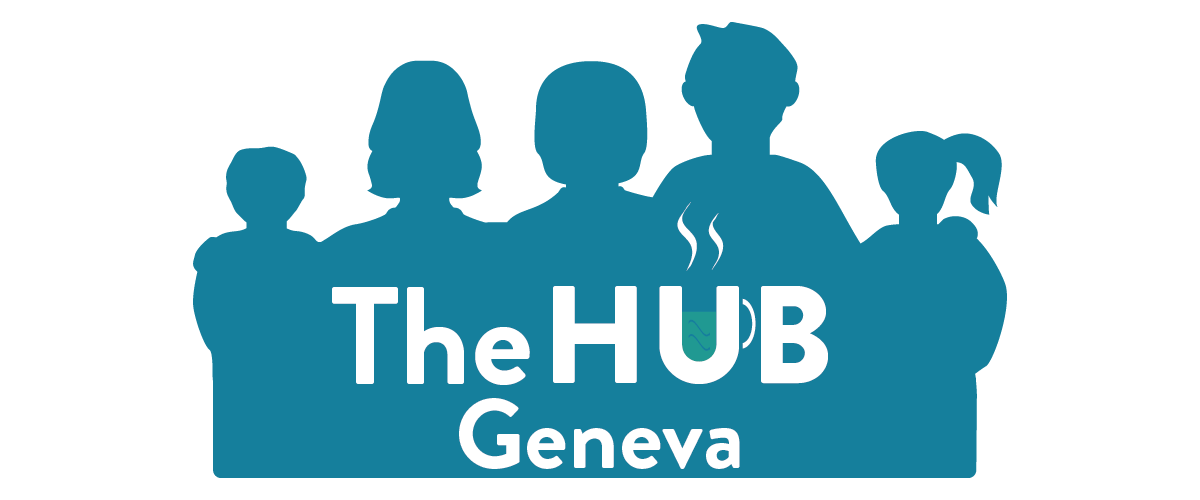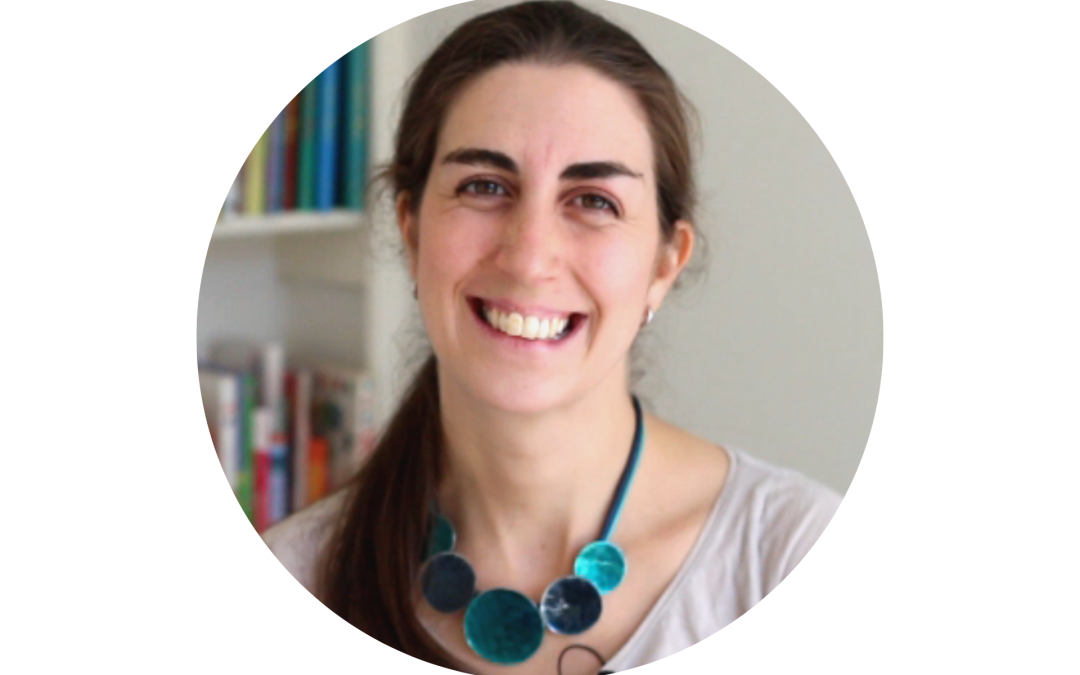Roya Caviglia talks to The HUB about her journey towards working with babies and their families.
Having first spent many years teaching people how to improve their communication in English, Roya became a parent. She discovered how much babies have to tell us, and now she is passionate about helping families bond through clear communication, before their babies can even speak.
“Focusing on communication with your baby and using baby sign language can help your transition to parenthood go more smoothly and with a lot more joy.
Are you expecting a baby? Congratulations! I’m very happy for you! How do you feel? Having a baby is so exciting, but if it happens while you are living abroad it can be scary. There is a lot to learn about; the pregnancy itself, the local medical system and the birth. This can be so overwhelming. I know because although I am from the UK, I had my 2 babies in the Netherlands and then we moved again to Geneva.
Many expectant parents invest their time and money in preparing for the birth. Perhaps they do an antenatal course. They work out what gear they will need, which car seat or pram. However, have you thought about what education and support you will need once your baby arrives?
People don’t often talk about how…
…bonding doesn’t always happen naturally
…breast-feeding is a learned behaviour where you learn to work as a team with your baby
…challenging behaviour such as excessive crying can lead parents to breaking point
Don’t worry. I want you to know you can create a strong bond with your baby from within the womb, understand their needs and wants and parent with joy and confidence. Your child will grow up multilingual, feel at home in all their cultures, be close to family abroad and enjoy the opportunities of an international lifestyle.
For this to happen you need education and support, especially after your baby is born.
I teach Infant Communication – this is a term I use to describe a collection of parenting tools that you can use to reach these goals. The Infant Communication Method covers:
-Baby body language
-Baby sign language
-EC (early pottying)
-Multilingualism (introducing English)
It’s all about connecting with your baby, getting to know them and working together with them.
Taking the time to prepare a communication plan for your baby is key. Sometimes parents come to me feeling lost, saying that everything is a mess. They describe their dilemma: They don’t know which language they should speak with their baby. They worry that their baby will not be able to communicate with grandparents. How will being multilingual affect their baby later when they start school? What do they do if they have 3 or more family languages?
Have you ever wondered about these questions? I’ve been there! We have 3 family languages that we use everyday. After teaching English in 4 European languages for nearly 20 years I developed the Infant Communication Method to support families like yours so you don’t need to stress about this any more.
What communication can you expect from your baby from the womb till they’re a toddler?
-Pregnancy
Connect with your baby now. Did you know…
1. They can recognise who is touching them while in the womb
2. They recognise their parent’s voices and show preference for them after birth
3. Newborns cry in the tone of the language they’ve had most exposure to!
-Newborn
When your baby cries, what do you do? Most parents have the checklist of things it could be. Are they tired, or hungry? Too hot or too cold? Is it the diaper that needs changing… and on and on.
You don’t need the checklist if you can read your baby’s body language. Their expressions and movements are telling you whether they are hungry/tired or need to pee/poop. Learn to read your baby’s signals and cues and you can respond appropriately BEFORE they start to cry. Less crying! It’s fantastic.
I wish I’d known about this for my first baby.
6-12 months old
You can use gestures to communicate with your baby before they can speak. This is called Baby Sign Language. Your baby will say their first word at about 12 months old but they can use their hands to communicate many months before this. It works like magic, you have to see it to believe it.
1-2 years
Toddlers often have difficulty communicating. You know they want something, they know you know they want something, but you don’t know WHAT they want. This is frustrating for everyone and leads to meltdowns and tantrums. All this can be avoided if you focus on communicating using baby signs.
Benefits of focusing on communication with your infant:
-Wonderful for bonding, also for dads
-Kick starts cognitive development – good for multilingual families
-Babies who sign tend to have a bigger vocabulary earlier than peers who don’t sign
-Lays the foundation for reading because infants understand that visual symbols have meaning
Join us on the Infant Communication Online Course. This method works! I’ve been working with international families for nearly 8 years and we haven’t had a baby on the course who didn’t sign back to their parents expressing their needs and wants.
Sign up to get started right now (learn your first baby sign!) and receive your invitation to enroll on the Infant Communication Course:
www.babysignlanguagecourse.com
Special offer for readers of The Hub’s blog: Send me a message explaining you found me via The Hub Geneva and you will get a free 15 minute evaluation of your family’s communication and language situation with advice on next steps.”
Instagram: @royacaviglia

